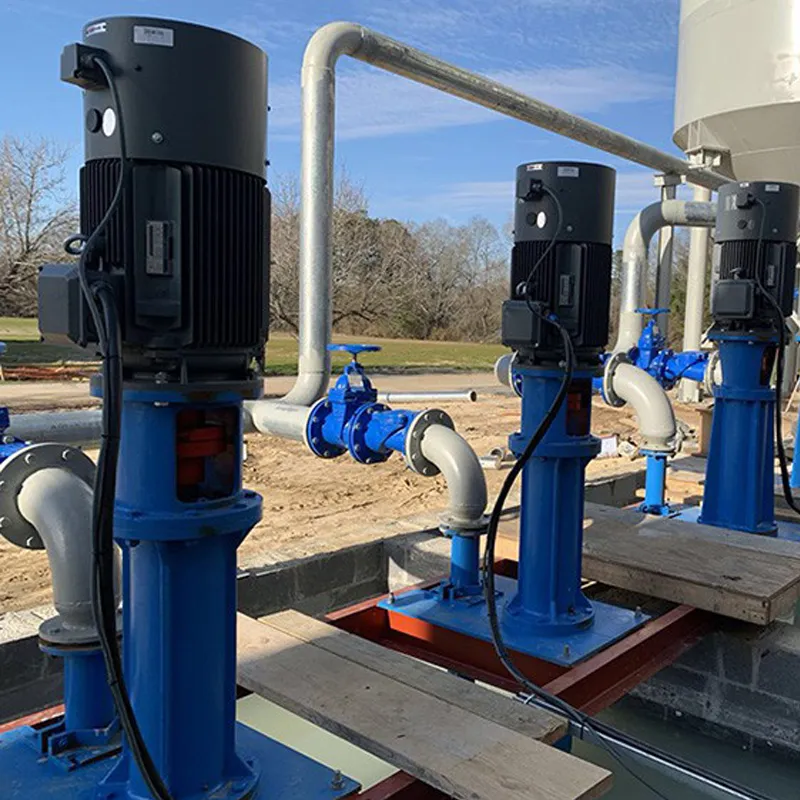Pashto
- Afrikaans
- Albanian
- Amharic
- Arabic
- Armenian
- Azerbaijani
- Basque
- Belarusian
- Bengali
- Bosnian
- Bulgarian
- Catalan
- Cebuano
- Corsican
- Croatian
- Czech
- Danish
- Dutch
- English
- Esperanto
- Estonian
- Finnish
- French
- Frisian
- Galician
- Georgian
- German
- Greek
- Gujarati
- Haitian Creole
- hausa
- hawaiian
- Hebrew
- Hindi
- Miao
- Hungarian
- Icelandic
- igbo
- Indonesian
- irish
- Italian
- Japanese
- Javanese
- Kannada
- kazakh
- Khmer
- Rwandese
- Korean
- Kurdish
- Kyrgyz
- Lao
- Latin
- Latvian
- Lithuanian
- Luxembourgish
- Macedonian
- Malgashi
- Malay
- Malayalam
- Maltese
- Maori
- Marathi
- Mongolian
- Myanmar
- Nepali
- Norwegian
- Norwegian
- Occitan
- Pashto
- Persian
- Polish
- Portuguese
- Punjabi
- Romanian
- Russian
- Samoan
- Scottish Gaelic
- Serbian
- Sesotho
- Shona
- Sindhi
- Sinhala
- Slovak
- Slovenian
- Somali
- Spanish
- Sundanese
- Swahili
- Swedish
- Tagalog
- Tajik
- Tamil
- Tatar
- Telugu
- Thai
- Turkish
- Turkmen
- Ukrainian
- Urdu
- Uighur
- Uzbek
- Vietnamese
- Welsh
- Bantu
- Yiddish
- Yoruba
- Zulu
Telephone: +86 13120555503
Email: frank@cypump.com
Nov . 21, 2024 18:18 Back to list
slurry transport using centrifugal pumps
Slurry Transport Using Centrifugal Pumps
Centrifugal pumps are widely utilized in various industries for the effective transportation of fluids, especially in the handling of slurries. A slurry, a mixture of solid particles suspended in a liquid, poses unique challenges for transportation due to its complex rheological properties. The successful pump selection and operation for slurry transport not only depend on the slurry characteristics but also require an understanding of the pump's hydraulic performance.
Slurry Transport Using Centrifugal Pumps
The particle size and concentration of solids in the slurry are crucial factors. Larger particles can cause wear and tear on the impeller and pump components, leading to increased maintenance costs and possible system failure. Therefore, selecting a pump with appropriate materials and design features can help mitigate these issues. Many centrifugal pumps for slurry applications are constructed from wear-resistant materials such as hardened steel or rubber-lined casings, which enhance durability and longevity.
slurry transport using centrifugal pumps

Another important consideration is the viscosity of the slurry. Higher viscosity slurries require more energy to pump and can lead to reduced flow rates. The centrifugal pump's performance curves need to be analyzed to ensure that it can produce the required head and flow rate at a given viscosity. In some cases, it may be necessary to use a pump specifically designed to handle high-viscosity fluids, or to install a heating system to reduce the viscosity during transport.
Pump hydraulic performance is also influenced by factors such as pump speed, impeller design, and the geometry of the piping system. To optimize slurry transport, engineers often employ computational fluid dynamics (CFD) simulations to model the flow behavior within the pump and piping system. These simulations can help identify potential issues such as erosion, cavitation, and sedimentation, allowing for design modifications to enhance overall system efficiency.
Additionally, proper operational practices play a critical role in effective slurry transport. Maintaining the right flow rate and avoiding sudden changes in flow can help prevent the settling of solids, which could block the system. Regular monitoring and maintenance of the pump are essential to address wear and improve reliability.
In conclusion, while centrifugal pumps are a popular choice for slurry transport due to their extensive flow capabilities, careful consideration of the slurry properties and pump design is vital for optimal performance. By understanding the relationship between slurry characteristics and pump operation, industries can maximize efficiency, reduce downtime, and lower maintenance costs, ultimately leading to more effective slurry transport solutions.
-
High-Performance Air Pumps for Sand & Gravel | Efficient Transport
NewsAug.03,2025
-
ISG Series Vertical Pipeline Pump - Chi Yuan Pumps Co., LTD.|Energy Efficiency, Corrosion Resistance
NewsAug.03,2025
-
ISG Series Pipeline Pump - Chi Yuan Pumps | Energy Efficiency&Compact Design
NewsAug.03,2025
-
ISG Series Vertical Pipeline Pump - Chi Yuan Pumps Co., LTD.|High Efficiency, Low Noise, Durable
NewsAug.02,2025
-
ISG Series Vertical Pipeline Pump - Chi Yuan Pumps | High Efficiency, Low Noise
NewsAug.02,2025
-
ISG Series Vertical Pipeline Pump- Chi Yuan Pumps Co., LTD.|High Efficiency&Compact Design
NewsAug.02,2025










